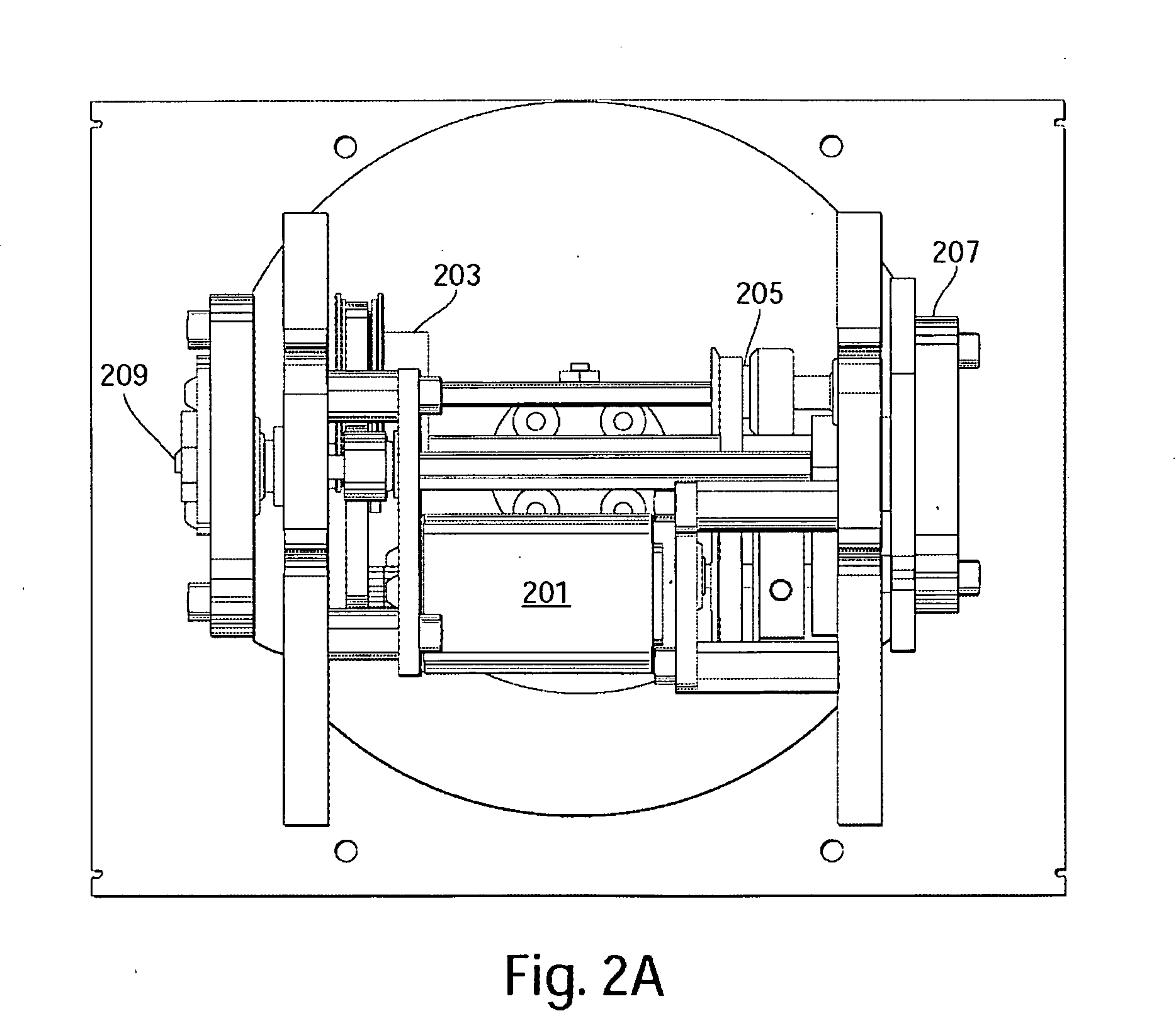However, existing art in these areas is generally limited in the behaviors that can be exhibited by the robots, and the types or details of sensor input data to which the robot has access.
The mechanical and
physical design of existing robotic art results in “robotic” motion, appearance, or texture that detracts from the ability for the robot to engage in convincing social interaction with a human.
There are practical limitations in the existing forms of this therapy; for example, these companion animals are not readily available in some healthcare and education facilities due to fears of bites, allergies, or
disease.
However, even with these results there is still much room for improvement in the designs of such robotic companions.
In the prior art, most
robotic systems feature only a small number of discrete tactile sensors, if any, and thus are not capable of distinguishing fully the wide variety of affective, social, or other higher order forms of touch.
As can be readily appreciated, the existing art is subject to numerous and diverse limitations that are overcome by the techniques disclosed herein.
The limitations include many which detract, often to a substantial degree, from the social or other interaction between the robot and the human, or from the ability of the human to make use of a robot-like device in a convenient or natural fashion.
A robot-like appearance, as is typical of the current art, is inexpressive, cold, and unemotional.
Existing robots generally have a hard, metallic, or other type of surface that does not encourage tactile interaction by the user, or do not feel realistic.
These sounds distract from the “illusion of life” and impede the interaction.
For example, ear and head movement among other
degrees of freedom could be used to demonstrate a
large range of expression, but such movement is not included in most examples of the existing art, or is limited.
Autonomous behaviors in prior art for robotic companions have been limited, allowing only for simple interactions such as following a
colored ball from visual sensing, responding to specific spoken words, or generating a yelping sound if the robot is struck, and generally do not combine senses and responses.
This capability requires a dense network of tactile sensors and appropriate
processing: this sort of capability is not generally found in the existing art, or is very limited.
If a user were to touch the robot somewhere on its body, and the robot failed to respond, the failure to respond would instantly break the illusion that the robot was alive in the same fashion an animal companion.
This illusion of life helps to improve the overall interaction, and the lack of a full body
skin, as is the generally the case in the relevant prior art, detracts from the illusion of life and thus limits the
usability of these robots as companion robots.
Inertial measurement sensors, tilt switches, or other sensors such as could be used to allow the robot to know its own orientation, are generally absent in the existing art, or are used only in a limited fashion and the robots are unable to respond to affective interactions in a general fashion.
Such capabilities are found in prior art systems, if at all, only in a limited fashion.
The prior art robotic companions are thus unable to function as an active member or as an autonomous device in a health care or educational team, and not just as a medical sensor or as a toy.
Existing robotic companions also of limited usefulness in rural health or home health.
Returning to the aspects of techniques concerning “
sensitive skin”,
Human Robot Interaction (HRI) applications
pose a specific set of challenges in the design of robotic “sensitive skins.” Unlike the prior art of robotic manipulation in which a robot arm or
manipulator must only deal with objects, in HRI applications the robot must be able to interact with both people and objects.
Social touch is not well-addressed in the prior art, in part because the robotic designs of the prior art feel to the user like a constructed
machine.
A capability lacking in the prior art is that the “
sensitive skin” be able to distinguish interaction with a user from interaction with an object.
No matter how lifelike a robot moves, if it is touched and does not respond to the touch, this illusion of life is instantly broken.
Any such failure to respond can be frustrating to the user and affect the interaction.
Prior art is generally unable to detect affective or social touch interactions, being limited in the spatial resolution of the sensors, limited in the completeness of sensor coverage in all areas of the
skin, limited in sensitivity of the sensors, or otherwise limited.
 Login to View More
Login to View More  Login to View More
Login to View More 


